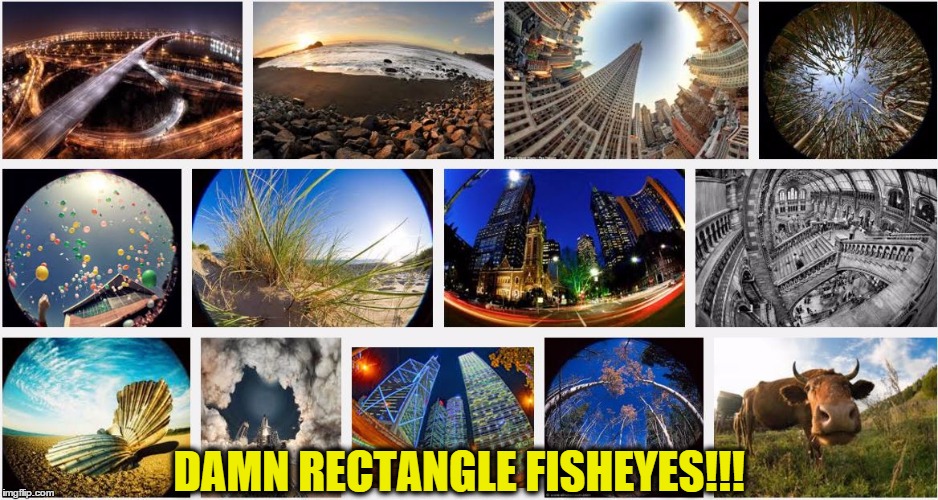

: 146 Hill also described three different mapping functions of a lens designed to capture an entire hemisphere (stereographic, equidistant, and orthographic). The Hill Sky Lens is now credited as the first fisheye lens. Beck, Ltd., was patented in December 1923. In 1924, Robin Hill first described a lens with 180° coverage that had been used for a cloud survey in September 1923 The lens, designed by Hill and R. Bond's hemispheric lens also reduced the need for a pinhole aperture to ensure sharp focus, so exposure times were also reduced. Bond noted the new lens could be used to record cloud cover or lightning strikes at a given location.

The focal length depended on the refractive index and radius of the hemispherical lens, and the maximum aperture was approximately f/50 it was not corrected for chromatic aberration and projected a curved field onto a flat plate. Bond described an improvement to Wood's apparatus in 1922 which replaced the tank of water with a simple hemispheric glass lens, making the camera significantly more portable. In his conclusion, Wood thought that "the device will photograph the entire sky a sunshine recorder could be made on this principle, which would require no adjustment for latitude or month" but also wryly noted "the views used for the illustration of this paper savour somewhat of the 'freak' pictures of the magazines."
#Fisheye lens meme portable
In the text, he described a third "Fish-Eye" camera built using sheet brass, the primary advantages being that this one was more portable than the other two cameras, and was "absolutely leaktight". Wood subsequently built an improved "horizontal" version of the camera omitting the lens, instead using a pinhole pierced in the side of a tank, which was filled with water and a photographic plate. The experiment was Wood's attempt "to ascertain how the external world appears to the fish" and hence the title of the paper was "Fish-Eye Views, and Vision under Water". In 1906, Wood published a paper detailing an experiment in which he built a camera in a water-filled pail starting with a photographic plate at the bottom, a short focus lens with a pinhole diaphragm located approximately halfway up the pail, and a sheet of glass at the rim to suppress ripples in the water. In 1779, Horace Bénédict de Saussure published his downward-facing fisheye view of the Alps: "All the objects are drawn in perspective from the centre".

Panoramas with fisheye distortion predate photography and the fisheye lens.
#Fisheye lens meme full


 0 kommentar(er)
0 kommentar(er)
